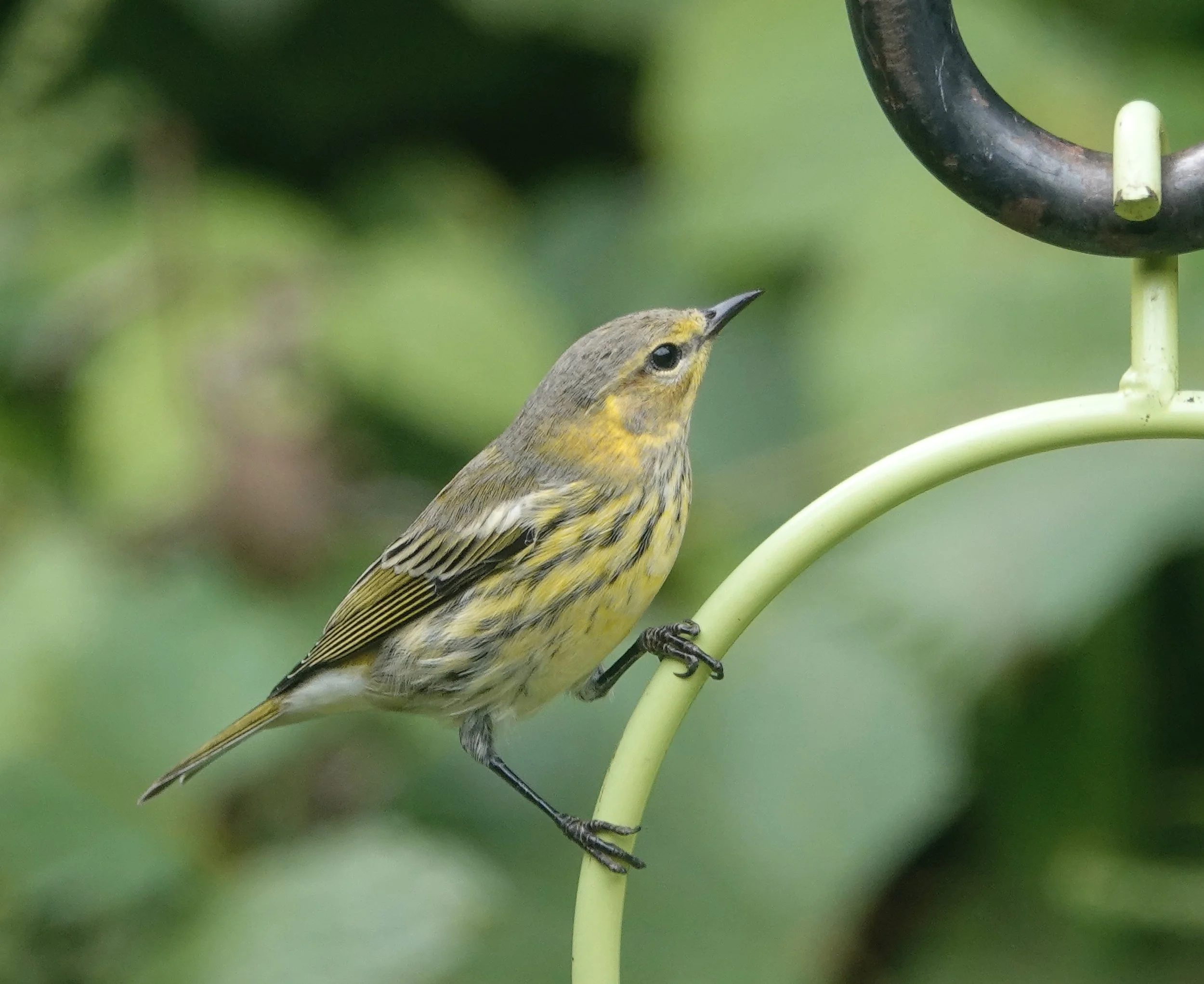Naturally
I narrated a cruise on the Pelican Breeze, a lovely tour pontoon that floats upon Albert Lea Lake, where everyone sits in the good chair and troubles melt like lemon drops. The boat was filled to capacity with a flock of fine folks. Hundreds of pelicans loafed on a spit of land while a mature bald eagle fed on a fish at the top of a snag. It was a fabulous photo opportunity for many.
Syrphid flies hovered around my front door. Also known as hover or flower flies, the adults resemble wasps or bees, but don’t bite or sting. They have only one pair of wings, while wasps and bees have two pairs. The larval stage is an aphid predator. Flower flies often hover in the same place for a few seconds. Hover flies have short antennae. Bees and wasps have elbowed antennae that are easily seen.
A report from a select committee of the Ohio Senate in 1857 on a bill proposed to protect the passenger pigeon read, “The passenger pigeon needs no protection. Wonderfully prolific, having the vast forests of the North as its breeding grounds, traveling hundreds of miles in search of food, it is here today and elsewhere tomorrow, and no ordinary destruction can lessen them, or be missed from the myriads that are yearly produced.” Martha, the last known member of that species, died in captivity in the Cincinnati Zoo on Sept. 1, 1914.
Q&A
Doug Ruble of Albert Lea commented on the swallows gathering on utility wires. He added that his farm quiets when those birds leave. Peak swallow migration is in August and September. Swallows flock after they disperse from the nest site. Barn swallows migrate to wintering areas in Central and South America. Tree swallows begin migrating south in July and August to winter in Florida and Central America. Cliff swallows migrate at a leisurely pace to South America. Purple martin migration begins in July and reaches its peak in August. During this time, the martins gather in large roosts before journeying to their winter homes in South America.
Doug Ruble also mentioned that when headed to the barn at 2 or 3 in the morning, he hears pheasants crow. Ring-necked pheasant roosters crow loudly in spring and summer, especially at dawn and dusk, but they can be heard throughout the year. A loud, rapid beating of the wings often follows the crowing.
Carl and Chery Beckendorf of Fairmont found 24 monarch butterfly caterpillars on one milkweed plant and had questions. An egg is about the size of a pinhead and the butterfly usually lays a single egg on a plant, but egg dumps where many eggs are laid on one plant have been observed. Some butterflies don’t get a chance to lay all their eggs. The eggs hatch in about four days (can be three to eight). Dr. Karen Oberhauser, former director of both the Monarch Lab at the University of Minnesota and the University of Wisconsin-Madison Arboretum, said she had a captive female that laid 1179 eggs in its lifetime, but the average is around 700. That number varies from one year to the next, with fewer eggs laid during hot, dry summers. Oberhauser reported one captive female laying 205 eggs in one day. Monarchs have four or five generations a year, with only one migrating.
“I found a decapitated rabbit inside my fenced-in yard. Whodunit?” The great horned owl deals with large prey by beheading the victim and taking the head to its nest or noshing perch. That owl is the only wild predator that regularly kills skunks.
“How far does a honey bee travel during a foraging trip?” A bee could travel as far as 5 miles from the hive, but typically forages closer to home. A single bee could visit 50 to 100 flowers of the same species unless there is a scarcity.
“How many seeds can a cottonwood tree produce?” A female eastern cottonwood tree, which brings forth the cotton, could produce 48 million seeds and remember all their names.
“Where do our native bees nest?” About 70% are ground nesting and among the earliest pollinators to emerge in the spring, making them valuable in the production of tree fruits. The other 30% of the population are cavity-nesting, laying their eggs in beetle holes in dead wood or creating nesting chambers in hollow or pithy stems.
Thanks for stopping by
“For fast-acting relief, try slowing down.”—Jane Wagner.
"One hardly knows what quality to admire most in the Barn Swallow. All the dear associations of life at the old farm come thronging up at sight of him. You think of him somehow as part of the sacred past; yet here he is today as young and as fresh as ever, bubbling over with springtime laughter."—William L. Dawson.
Do good.
©️Al Batt 2024
The Cape May warbler breeds in boreal forests and winters in the West Indies. It doesn't spend much time in its namesake locale. Then why the name? Famed ornithologist Alexander Wilson first described this striking species in 1911 in Cape May, New Jersey. The Cape May warbler is feisty and enjoys a good chase around a jelly feeder. A fall Cape May warbler photo by Al Batt.
Big Mouth Billy Bass sings “Don’t Worry, Be Happy” by Bobby McFerrin and “Take Me to the River" by Al Green.


